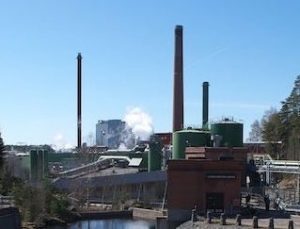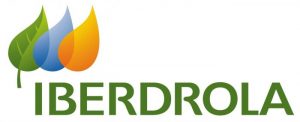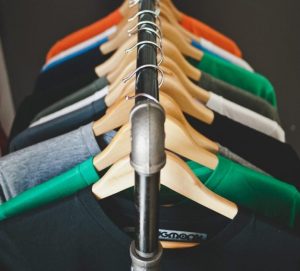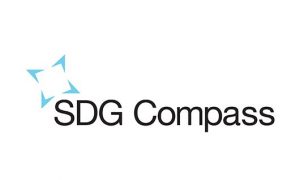Location: Finland and Sweden
Issue: Operational water use efficiency in Metsä’s production.
Organizations involved: Metsä Board, WBCSD
Year: 2013
This case study drawn from:
Metsä Board is Europe’s leading supplier of paperboard for high quality packaging. The main raw material used in its paperboard is wood that comes from Northern European forests which do not need watering, but water is essential in making pulp and paperboard. In 2015, all water used in the company’s processes was fresh surface water from rivers and lakes. Metsä Board´s production units have very strict environmental permits set by local authorities and these are controlled regularly by a third party.
Metsä Board’s mills continuously seek new ways to reduce their use of fresh water. Furthermore, process waters are always carefully treated before release back into the watercourse, thus ensuring the environment surrounding the mills is not affected by the water used.
In 2013, Metsä Board started a major project to decrease water use and improve material efficiency by reducing water intake and fiber loss. Targets have been set for all production units, and in 2015 Metsä Board was able to achieve a 16% reduction in water use compared to a 2010 base year. During the project all mill sites were evaluated on their specific water use using the WBCSD Global Water Tool. 16 energy efficiency actions were also completed in 2015 resulting in a 7% decrease of process water use compared to a base year of 2014. Metsä Board has continued to implement new energy and water efficiency actions during 2016.
The fact that Metsä Board’s production units are located in Northern Europe, in the midst of numerous forests and sources of water, is a great benefit in terms of overall efficiency. As the mills are located in Finland and Sweden, they have access to abundant water sources which do not compete with agriculture, forestry or household water uses.





